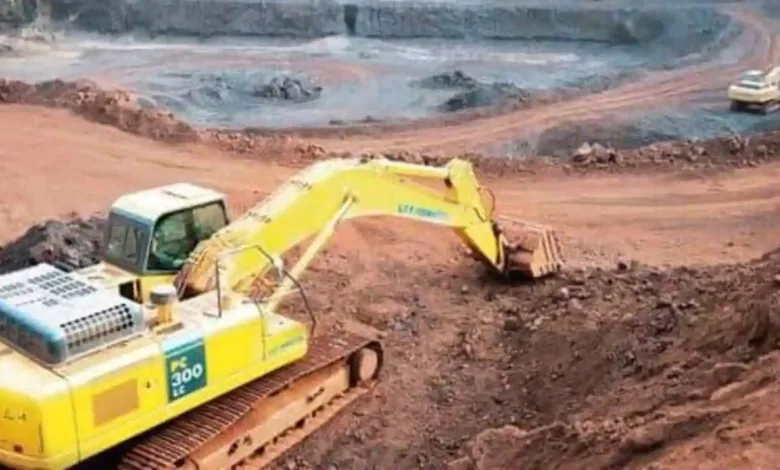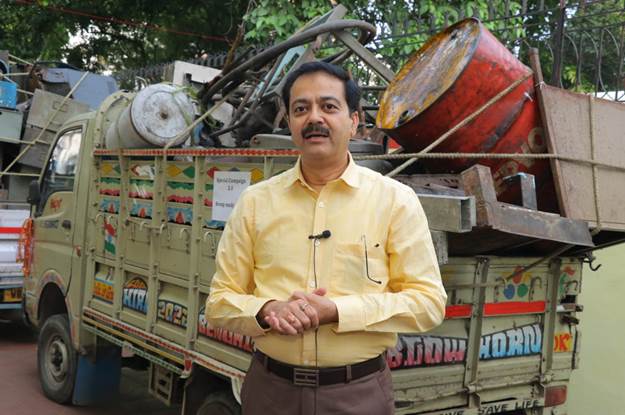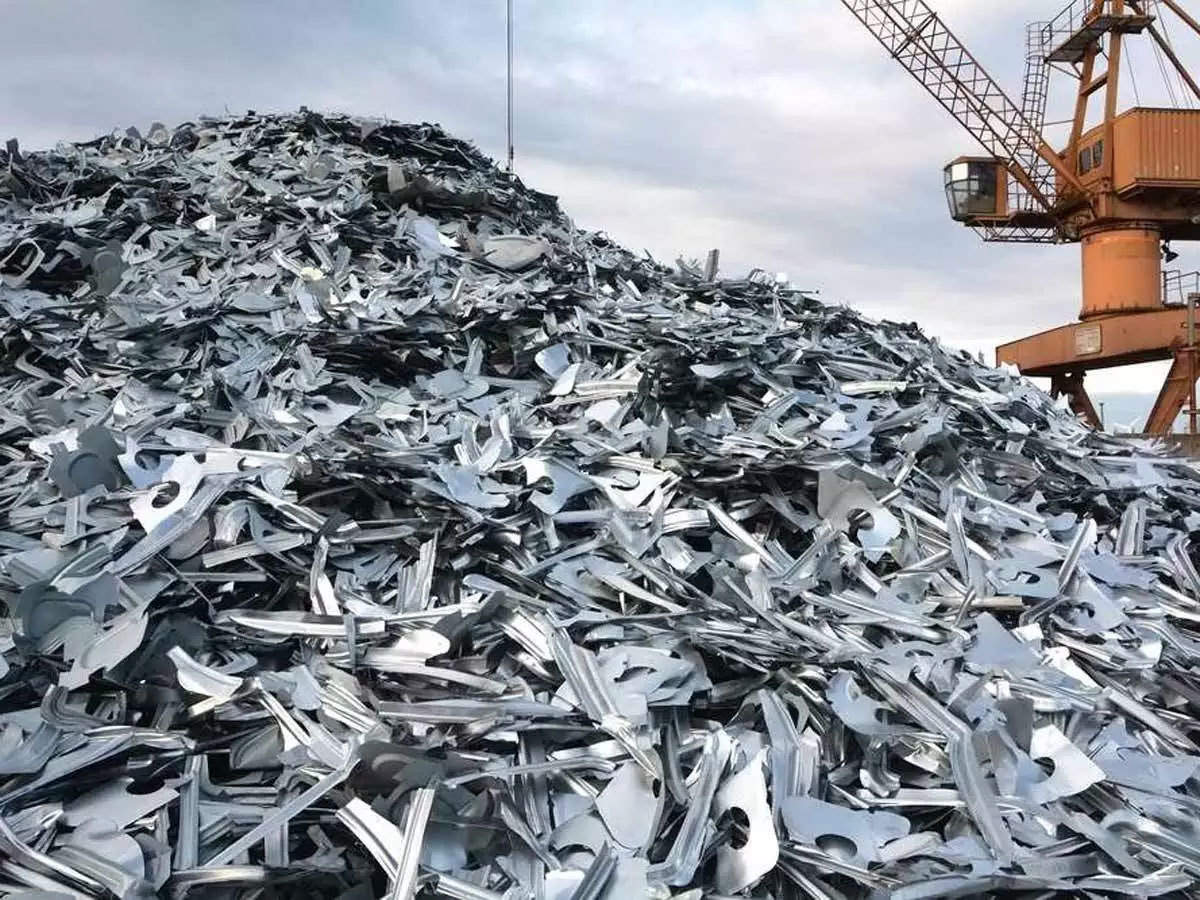Government To Sell Six Mineral Blocks To Increase The Mining Sector’s Contribution To The Country’s GDP in 2023.
The government is likely to put six mineral blocks up for sale, including four iron ore mines. By taking this move, the mining sector's contribution to the national gross domestic product would rise.

Government Is To Sell Six Mineral Blocks To Increase The Mining Sector’s Contribution To The Country’s GDP.
This month, the government is likely to put six mineral blocks up for sale, including four iron ore mines. By taking this move, the mining sector’s contribution to the national gross domestic product would rise.
The four iron ore blocks, which are situated in Chhattisgarh, are expected to be put up for auction, according to the mines ministry.
The Chhitpuri B iron ore block, Gomter – Wakeli, Bijapur, Hahaladdi, North Bastar Kanker, Lohhater, and North Bastar Kanker mines were the subject of a notice seeking bids last year.
The Bandiamottu block in Andhra Pradesh, which contains lead and associated minerals, including nickel, cobalt, and copper, may be up for auction in February.

The topic of why we are not mining in the waterways is raised given how vital the Vital Minerals are becoming, the mines secretary said at the CII-organized Metal & Metallurgy Expo-2023. The Waters cannot be mined by us. We are currently updating the Act. The general public can utilize it, and industry and stakeholder feedback is welcome.
He said that the ministry is working on locating these sea blocks, and since no stakes are involved, the Indian government will do the auction.
He continued, it is going to be an amazing opportunity for industry, a completely new field of operations.
Many quickly developing clean energy technologies, from Wind Turbines and electricity networks to Electric Vehicles, depend on critical minerals, including copper, lithium, nickel, cobalt, and rare earth elements.
The mining secretary added that recycling metals, particularly aluminium, is crucial to India’s ability to be self-sufficient.
While recycling rates for aluminium are above 90% around the world, they are only about 30% in India. Similar numbers apply to copper and other metals too.

Bharadwaj advised the sector to enter the organized recycling arena too.
He suggested that businesses that are already involved in the Metal Industry consider creating a recycling section. That is an important area of activity around the world, and he believes the Indian sector may quickly become the Global Center for recycling.
In December of last year, a notice requesting bids for the block was published.
Additionally, the auction for the Karnataka limestone mine Udagi Block has been postponed till February, according to the ministry.
239 mines have been auctioned out so far since the new method for selling mineral blocks was executed in 2015. Whereas 46 Mines were auctioned off in the last financial year, 85 blocks have been put up for sale so far in the current fiscal.
According to Vivek Bharadwaj, the government is identifying mineral blocks like nickel in the sea and will progressively put them up for sale.
The Offshore Areas Mining (Development and Regulation) Act, 2002, is being amended by the mines ministry, and it has asked for input from relevant parties.

The mining sector of India
India has a significant mining industry. The mining industry has the size to influence social inclusion, economic progress, and environmental sustainability.
Throughout the beginning, the mineral resource sector has been vital to the growth of both the global economy and Humankind. The industry is important to achieving the Sustainable Development Goals (SDGs) of the UN and carrying out the Paris Agreement. Notwithstanding the sector’s diversity, it has the chance and potential to positively impact the realization of all 17 SDGs and the Paris Agreement.
More than 500,000 people are working in the mining industry, which makes notable financial contributions to the country through exports, royalties (taxes paid in exchange for the right to use something), dead rent, cess, sales tax, and levies.
Yet, the negative environmental and social externalities of mining (land degradation, land conversion, mine wastes, air pollution, groundwater deterioration, and water body pollution) are very concerning. The most concerning social effects of mining in India seem to be those relating to land usage, population displacement and resettlement, health, social and cultural disturbance, inequality, and conflicts.
Further environmental and socioeconomic issues are brought up by the fact that a large part of the country’s natural resources is found in areas covered in forests. There is increased pressure on metals and minerals to Satisfy the needs of an estimated GDP growth of 6% over the next ten years in one of the world’s fastest-growing countries.
As part of its adherence to the Paris Agreement, India is required to provide key minerals for the shift to a low-carbon economy. The need for mineral resources would rise even more as a result of the “Make in India” program to develop the industrial sector.
Through socioeconomic benefits, Foreign Exchange earnings, employment and livelihood opportunities, infrastructure development, communication, the provision of important services, and the supply of raw materials for green technologies, the mineral resource sector have the potential to make an important contribution to the achievement of the SDGs.
As was already said, the sector of mineral resources has the size to influence economic development, social inclusion, and environmental sustainability.
Edited by Prakriti Arora



